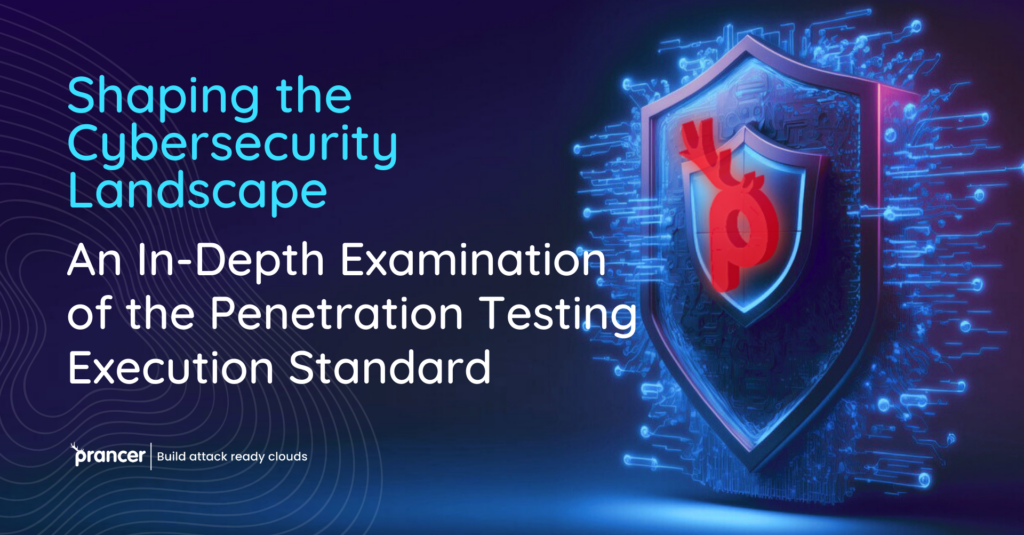

In the swiftly changing digital sphere, cybersecurity threats persistently increase in intricacy, compelling organizations to implement strong safeguards for their essential assets. One such paramount safeguard is penetration testing, a critical methodology that inspects the security positioning of systems, networks, and applications. To ensure a homogenized approach to penetration testing, the Penetration Testing Execution Standard (PTES) was instituted. In this detailed analysis, we will dissect the complexities of the Penetration Testing Execution Standard and its crucial role in strengthening cybersecurity measures.
Robust cybersecurity is needed in order to thrive through the ever changing digital environment. Use Automated Penetration Testing as a dynamic remedy to defend critical assets. Automated Penetration Testing oversteps conventional techniques for vulnerability assessment as it is compliable with PTES. This in-depth analysis will investigate how Automated Penetration Testing improves cyber security by taking a proactive approach against complex risks to systems, networks, and apps.
The Penetration Testing Execution Standard (PTES) is an internationally approved standard for use when performing penetration testing projects. The various stages and approaches used in a penetration testing process were mapped out by the PTES, to help organizations better see if they are at risk. A fair sight By following the principles of the PTES, organizations can also make their penetration testing much more predictable.
The Penetration Testing Execution Standard (PTES) encompasses a series of initial prerequisite stages that serve as the basis for all penetration testing activities. Pre-engagement engagement), information gathering, threat modeling, vulnerability assessment, exploitation, and post-exploitation as well as reporting can be observed. Every stage is carefully crafted to tease out weaknesses and help organizations realize just where their security posture stands. If the PTES is adhered to, we can be assured of a consistently high level of quality and depth in penetration testing. This should allow organizations ‘security problems to be effectively assessed and addressed in one fell swoop.
Penetration testing service provider Prancer Enterprise is such a company. Prancer uses a cutting-edge cloud security platform to enable organizations to perform comprehensive and effective penetration testing of their systems, networks, and applications. Prancer’s commitment to the PTES thus offers organizations a chance to get in step with industry trends and score well on their security tests.
Prancer’s platform provides a wealth of technical functions tailored to enable the penetration testing process. Prancer helps organizations discover vulnerabilities and security flaws in existing systems from project conception and planning to automatic scanning of code via manual testing methods. Prancer is easy to integrate into existing development and deployment workflows, making testing simpler and the process of continual assessment more efficient.
In addition, Prancer offers extensive reporting functions that offer security teams and stakeholders clear, usable information. Reports are usually detailed, pointing out identified weaknesses and how serious they are along with recommended steps to rectify them. With this precious data, organizations are able to analyze and determine which security risks need to be tackled.
In the world of cybersecurity, you’ve got to be one step ahead at all times. In the case of penetration testing, ground-breaking technologies such as Artificial Intelligence (AI) and Machine Learning (ML), for example could come into play. But they’re a lot like the new-age allies, enabling you to find points of weakness faster and with more accuracy. Finally, there’s the giant leap of quantum computing that can break current encryption methods but provides endless possibilities for security analysis. The Prancer cloud security platform listens to these tech rhythms and is constantly adapting, getting your penetration testing smarter by the day. He adds that Prancer is focused on tackling today’s problems while being ready for tomorrow.
The Automated Penetration Testing Execution Standard (PTES) also has an important role and helps guide organizations in completing the process of penetration testing. Facing this attack, organizations can take up a defense by putting themselves in accordance with the articles of the PTES and introducing technology that identifies dangerous signs (such as Prancer Enterprise), investigates risk levels, and raises their security standards. To that effect, Prancer brings together industry standards and its own robust systems platform to guide organizations through the maze of penetration testing while countering modern forms of cyber attacks. Stay positive, and continue shoring up your cyber defenses with the strength of Penetration Testing Execution Standard or Prancer Enterprise.